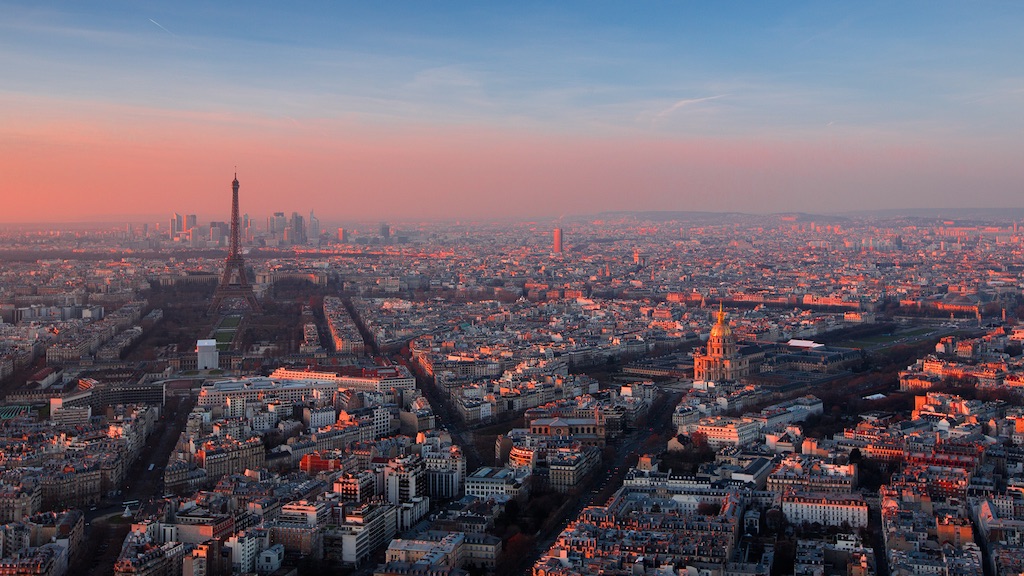Episode 3
Posted on September 12, 2019 by VINGT Editorial
EPISODE 3
In episode three of the VINGT Paris podcast series, presenter Jo Youle and company founder and CEO Susie Hollands hop on their bicycles to discover the wonders of the Left Bank – and stop off at the famous café, Les Des Magots, to meet author, historian and Paris resident Andrew Hussey OBE…
EPISODE 3: Our little black book of Paris addresses
Wanting to find out more about some of the places mentioned in this episode? Here we bring you a handy summary of each one that is mentioned – and how to find out further information.
| What? Books by Andrew Hussey OBE Why? A celebrated author and historian, Andrew Hussey OBE has written several acclaimed books on French culture, most notably The French Intifada: The Long War between France and its Arabs. He also writes frequently for The New Statesman and The Observer. Where? All over Paris |
| What? Rive Gauche Why? Home to many famous artists and writers over the years, from Picasso and Matisse to Hemingway, the Left Bank is still regarded as classic Paris. Today, their spirit also lingers on in the atmospheric cafés here. Where? Southern half of the city More info here |
What?
Maison de L’Amérique Latine
Why?
Located in Saint-Germain-des-Prés, the Maison de L’Amérique Latine is the cultural centre for Latin America. This beautiful building, which has its own private garden, is also home to an excellent restaurant and bar.
Where?
7th arrondissement
More info here
What?
Rue du Bac
Why?
One of the best-known streets on the Left Bank, rue du Bac is home to everything from lovely cafés and brasseries to gourmet food stores, posh boutiques and an old vintage poster shop – not to mention some very fancy residences.
Where?
7th arrondissement
More info here
What?
Café de Flore
Why?
One of the Left Bank’s most famous cafés, this iconic institution has been attracting the great and the good ever since opening its doors in the 1880’s.
Where?
6th arrondissement
More info here
| What? Les Deux Magots Why? Deeply connected with the literary and artistic life of the city, this legendary Left Bank café has been running since the early 1800’s. Nowadays, it’s popular with a great cross-section of Parisian society. Where? 6th arrondissement More info here |
What?
Jardin des Plantes
Why?
The botanical gardens of Paris, there’s no better place on a summer’s day when you can wander the rose-filled walkways or seek shelter from the sun in one of the historic greenhouses.
Where?
5th arrondissement
More info here
What?
Sex clubs
Why?
In the city of love, sex clubs are regarded as a perfectly legitimate way to spend your leisure time. Here, though, it’s all about tasteful glamour rather than sleaze.
Where?
All over Paris
More info here
What?
Le Monocle
Why?
One of the first lesbian nightclubs in Paris, Le Monocle opened back in the 1920’s. Having begun its life in the Montmartre area, it was closed during the occupation, before later opening under a different guise in Montparnasse.
Where?
14th arrondissement
More info here
What?
Le Sphinx
Why?
Considered one of the most luxurious and famous Parisian brothels, Le Sphinx had its heyday in the 1930’s and 40’s. Located in Montparnasse, on the Left Bank, it is now a gay club called Spartacus.
Where?
14th arrondissement
More info here
| What? Nightlife outside Paris Why? Notably centred around the northern borders of the Périphérique, outside the main city limits, the pop-up parties here have been gathering quite the reputation. Where? 18th arrondissement More info here |
What?
Le Rosebud
Why?
Once a haunt of Simone de Beauvoir and Jean-Paul Sartre, the spirit of the 1930’s jazz age still lives on at this iconic bar. Crucially, you can also get a mean onion soup at 3am.
Where?
14th arrondissement
More info here
What?
Lapérouse
Why?
Celebrated 19th-century restaurant with lavish decor, glorious food and an exclusive clientele. For the ultimate in discretion, it also has its own private booths.
Where?
6th arrondissement
More info here
What?
Pont Neuf
Why?
Constructed in 1607, the Pont Neuf is the oldest standing bridge across the river Seine. Once frequented by jugglers, clowns and prostitutes, today it is a much-loved landmark in the city.
Where?
1st arrondissement
More info here
What?
Books by Louis Chevalier
Why?
A famous French historian, Louis Chevalier wrote many important works – including, notably, a survey of the Parisian working class that challenged many assumptions. He was awarded France’s highest honour, the Legion d’honneur, in 1958.
Where?
All over Paris
More info here


